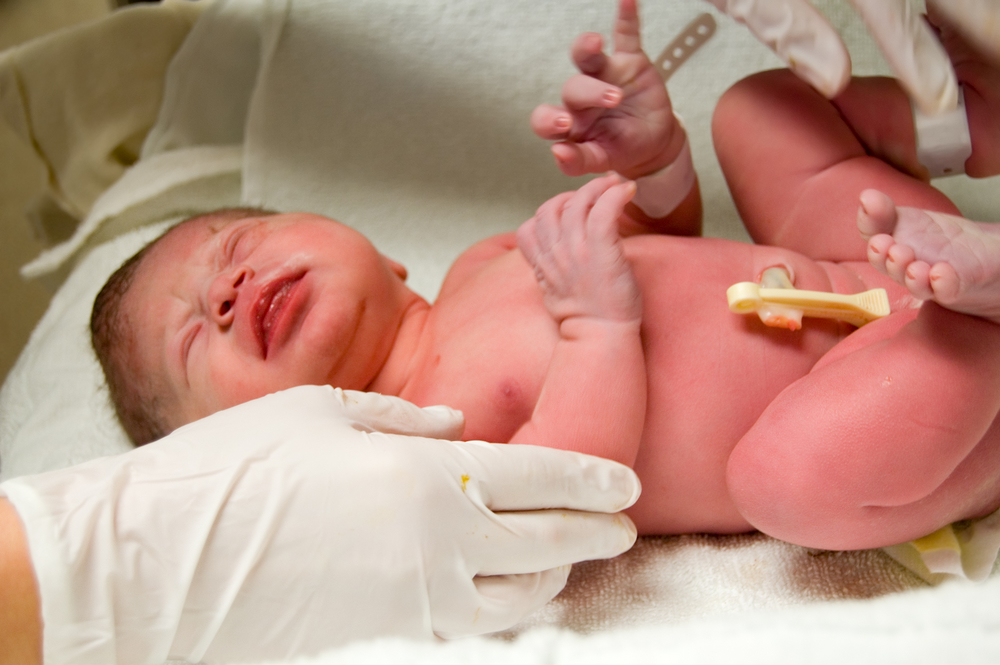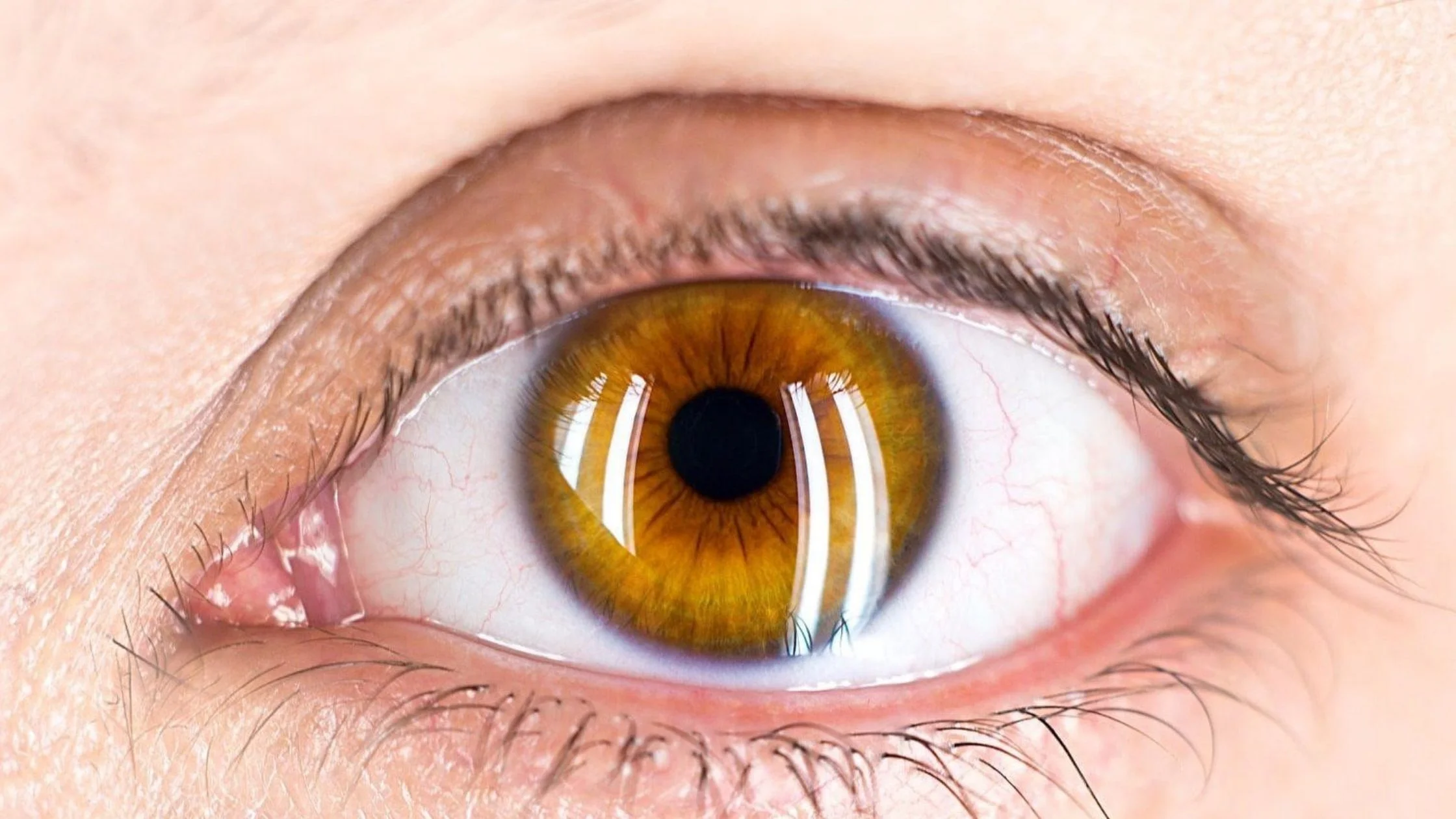While the shape of a person’s belly button is determined at birth, it can change over time as a result of pregnancy, weight changes and other factors.
If you have noticed undesired changes to the appearance of your belly button, a plastic surgeon can perform a safe, easy procedure called umbilicoplasty to restore – or even improve upon – your belly button’s former shape.
Belly button surgery can range from making an “outie” stand out less to creating a “T” or horizontally shaped navel. It is often performed as part of a combination procedure, usually with a tummy tuck or other abdominal surgery, such as a breast reconstruction involving the use of tummy tissue. But this is by no means always the case. Some people simply wish to change the appearance of their belly button.
Innies and Outies: What Makes a Belly Button

The umbilicus, or belly button, is the scar that is left after cutting the umbilical cord that connects a person to his or her mother while in the womb. The shape of the belly button is mostly based on genetic factors – namely, the way in which the skin is attached to the muscle beneath – but also depends on how the doctor cuts the umbilical cord.
In most cases, the scar develops inside a hole after the umbilical cord is cut (i.e., an “innie”). However, in other cases the belly button sticks out (an “outie”). To change the shape of the belly button, surgery is really the only option.
Board-certified plastic surgeon Dr. Samuel Lin, MD, FACS performs umbilicoplasty at his busy practice in Boston, Massachusetts. Some patients request the procedure to fix stretching and damage caused by a piercing. Others have no belly button at all: if it was surgically removed for medical reasons or isn’t present due to an abdominal condition at birth, a new belly button can be created.
People whose belly buttons are misshapen as a result of having gained and then lost a significant amount of weight represent another group that is often interested in umbilicoplasty. Drastic weight loss can stretch the skin in the area around the belly button, changing its shape into a long, horizontal fold.
However, the majority of umbilicoplasty patients are women whose belly buttons have herniated or changed due to pregnancy, says board-certified plastic surgeon Dr. Gregory A. Buford, MD, FACS, of Englewood, Colorado. “Pregnancy can cause significant changes to the belly button and can often create a look that is so distressing to a woman that she refuses to wear a bathing suit or show off her belly button,” he explains.
Dr. Lin concurs. “After pregnancy, indeed, a small hernia may develop in the location of the belly button – this is the classic “outie” appearance,” he says.
An “outie” can easily be converted to an “innie.” Or, if the belly button has widened, it can be narrowed and brought in to create a more aesthetically pleasing appearance. “In my practice I see far more of these procedures being performed in combination with a tumm
y tuck than I do as a stand-alone procedure,” says Dr. Buford. “The tummy tuck procedure itself actually addresses the belly button and revises the overall appearance. It also commonly addresses any belly button hernias that may be present, which are actually quite common.”
Umbilicoplasty can also be performed in combination with liposuction to improve the shape and overall appearance of the lower body.
How Belly Button Surgery Is Performed
Umbilicoplasty takes about an hour and is typically performed under local anesthesia. Sedation is also an option. The surgeon makes a small incision in the area around the belly button and, depending on your desired results, either excises extra skin or hangs a small amount of abdominal skin over the top of the belly button.
If your belly button is distorted as a result of an umbilical hernia, this will be addressed during your umbilicoplasty procedure.
The incisions heal quickly and are usually hidden. The surgeon will choose whether to use dissolvable or non-dissolvable stitches, based on your unique situation.
According to Dr. Lin, there are several important factors that must be taken into account when performing umbilicoplasty. While ensuring that the “dimpling” associated with an aesthetically pleasing belly button appears, the surgeon must also take into account the belly button’s size, shape, position, and potential scarring.
Who Is a Candidate?
If you are unsatisfied with the size and shape of your belly button or are unhappy with changes to its appearance as a result of pregnancy, weight gain or an umbilical hernia, you would likely benefit from umbilicoplasty.
“So long as you are in good health and have realistic expectations, then you are probably a good candidate for belly button surgery,” says to Dr. Buford.
However, your medical and surgical history does come into play, says Dr. Lin. For example, if you have a significant hernia in the belly button area, a shaping procedure is unlikely to improve the appearance of your belly button – in fact, it might make it worse.
To determine whether or not umbilicoplasty is a good option for you, you will need to meet with a plastic surgeon for an evaluation. During this initial consultation the plastic surgeon will:
- Review the belly button surgery options
- Discuss the potential risks
- Ask you about your aesthetic goals
- Lay out in detail how the surgery is carried out and what to expect before, during, and after
- Discuss the cost as well as payment options
- Answer all of your questions
Your surgeon will likely ask you to provide details about your medical history, alcohol and tobacco use, and a list of any medications, supplements or vitamins you take.
After the Surgery
Because belly button surgery is quite straightforward and relatively painless, you will be able to go home almost immediately following the procedure. In many cases dissolvable stitches are used, so there is no need to remove them. If non-dissolvable sutures are used, they will be removed 7 to 10 days after.
Because there is so little bruising, swelling, or discomfort associated with umbilicoplasty, most people are able to return to work and everyday activities the same day or the day after surgery. Healing begins immediately and is usually quick. Any scarring should fade within a few months.
Potential Risks
Umbilicoplasty is considered to be a very safe procedure. That being said, the most common risks include the following:
- Bleeding
- Infection
- Poor scar formation
- Asymmetries
The biggest risk with this procedure is noticeable scarring, says Dr. Buford. To address this, he recommends that all of his patients undergo a series of micro-needling treatments to the area following surgery, which will allow the scars to heal as optimally as possible.
Realistic Expectations
As with any plastic surgery procedure, realistic expectations are paramount to a successful result. “We counsel all of our patients on two things: what we can accomplish and what we cannot accomplish,” says Dr. Buford. “And we make sure that they understand the limitations of this type of procedure. Our patients are generally very happy with their results and experience very little downtime or discomfort.”
Dr. Lin also advises patients to be aware that the belly button changes once a new opening is made, and the new “normal” depends in part on how things heal.









